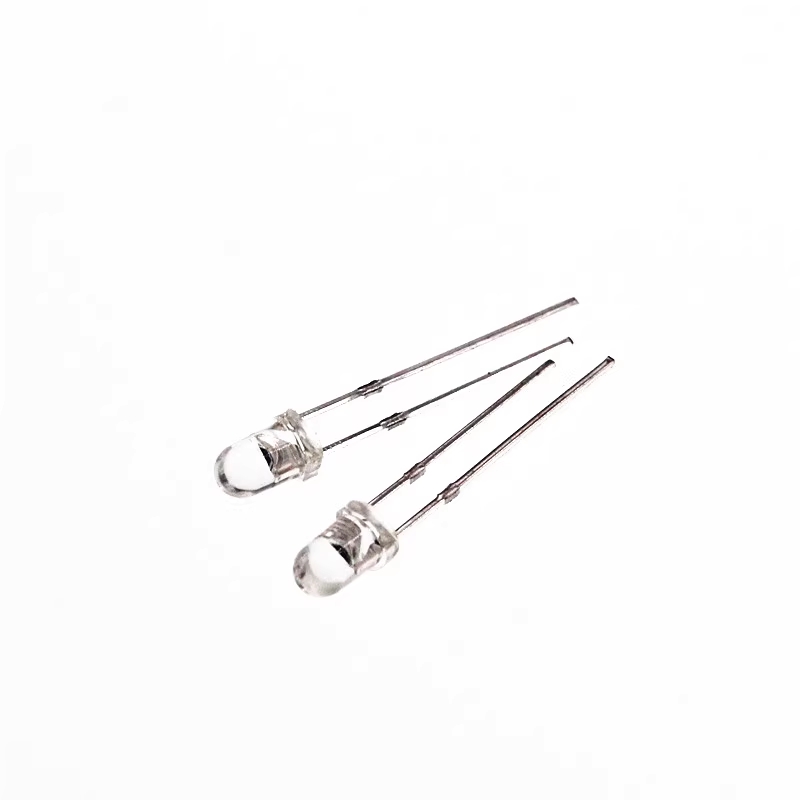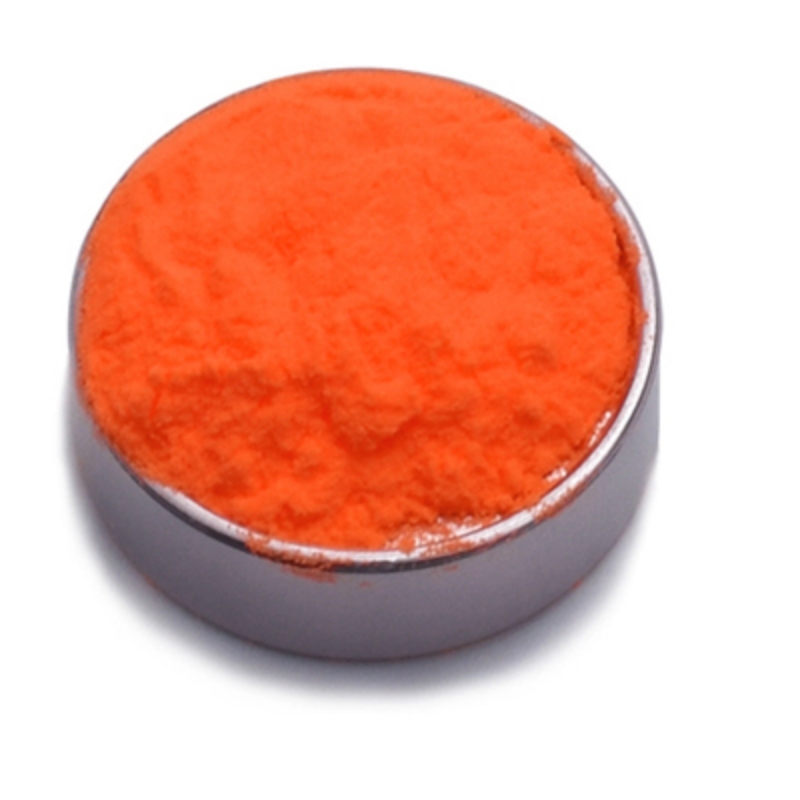High-efficiency nickel-based hydrogenation catalyst is an advanced catalytic material designed for selective hydrogenation reactions with superior stability and activity. Engineered using optimized nickel-supported formulations, it ensures enhanced reaction kinetics, improved hydrogen absorption, and extended operational lifespan for industrial applications. This catalyst is widely used in petrochemical refining, fine chemical synthesis, and hydrocarbon upgrading, providing reliable performance for large-scale hydrogenation processes requiring precision catalytic control.
Product Overview
This high-efficiency nickel-based hydrogenation catalyst is developed using the latest catalyst synthesis technology and complex, specialized processes. It features uniformly dispersed nickel components, small particle size, and high low-temperature activity. Compared to traditional supported nickel catalysts, it offers superior low-temperature activity and a wider range of applications. This catalyst is ideal for various non-selective catalytic hydrogenation reactions, including the production of polyetheramines, resin hydrogenation, and fine chemical hydrogenation. It exhibits excellent activity and stability.
Key Features
- Uniform Nickel Dispersion: The catalyst ensures even distribution of nickel components, enhancing catalytic efficiency.
- High Low-Temperature Activity: The optimized design provides high activity at low temperatures, making it suitable for a wide range of reaction conditions.
- High Reducibility: The high reducibility of the nickel ensures efficient hydrogenation activity.
- Outstanding Stability: The catalyst maintains stable performance even under high load and high-temperature conditions, extending its service life.
- Wide Application Range: Suitable for various hydrogenation reactions, including unsaturated hydrocarbons, aromatic hydrocarbons, alcohols, phenols, etc.
Applications
- Polyether Amine Production (Polyether Amine Hydrogenation): Used for the reduction amination of polyethers to synthesize polyetheramine compounds.
- C5 or C9 Resin Hydrogenation: Used for hydrogenating resins to improve their performance and stability.
- Hexamethylenediamine Hydrogenation Refining: Used for the hydrogenation refining of hexamethylenediamine to improve its purity.
- BDO Hydrogenation Refining: Used for the hydrogenation refining of 1,4-butanediol (BDO), ensuring product quality.
- Rosin Resin Hydrogenation: Used for the hydrogenation of rosin resins to improve their quality.
- Nitrile Rubber Hydrogenation: Applied for the hydrogenation of nitrile rubber to enhance its performance.
- Coal-Based Ethylene Glycol Hydrogenation Refining: Used for refining coal-based ethylene glycol, enhancing purity and stability.
- Bisphenol A Hydrogenation to Hydrogenated Bisphenol A: Used for the hydrogenation of bisphenol A to produce hydrogenated bisphenol A for industrial applications.
- Isophthalic Acid Hydrogenation to Isophthalamine: Applied in the hydrogenation of isophthalic acid to produce isophthalamine.
- Para-Nitrophenol Hydrogenation to Para-Aminophenol: Used for the hydrogenation of para-nitrophenol to produce para-aminophenol.
- Acetone Hydrogenation to Isopropanol: Applied for the hydrogenation of acetone to produce isopropanol.
- Maleic Anhydride Hydrogenation to Succinic Acid: Used for the hydrogenation of maleic anhydride to produce succinic acid.
Submit Your RequirementsWe will contact you within 24 hours.
 WOBO Scientific Research New Materials One-Stop Service Platform
WOBO Scientific Research New Materials One-Stop Service Platform













